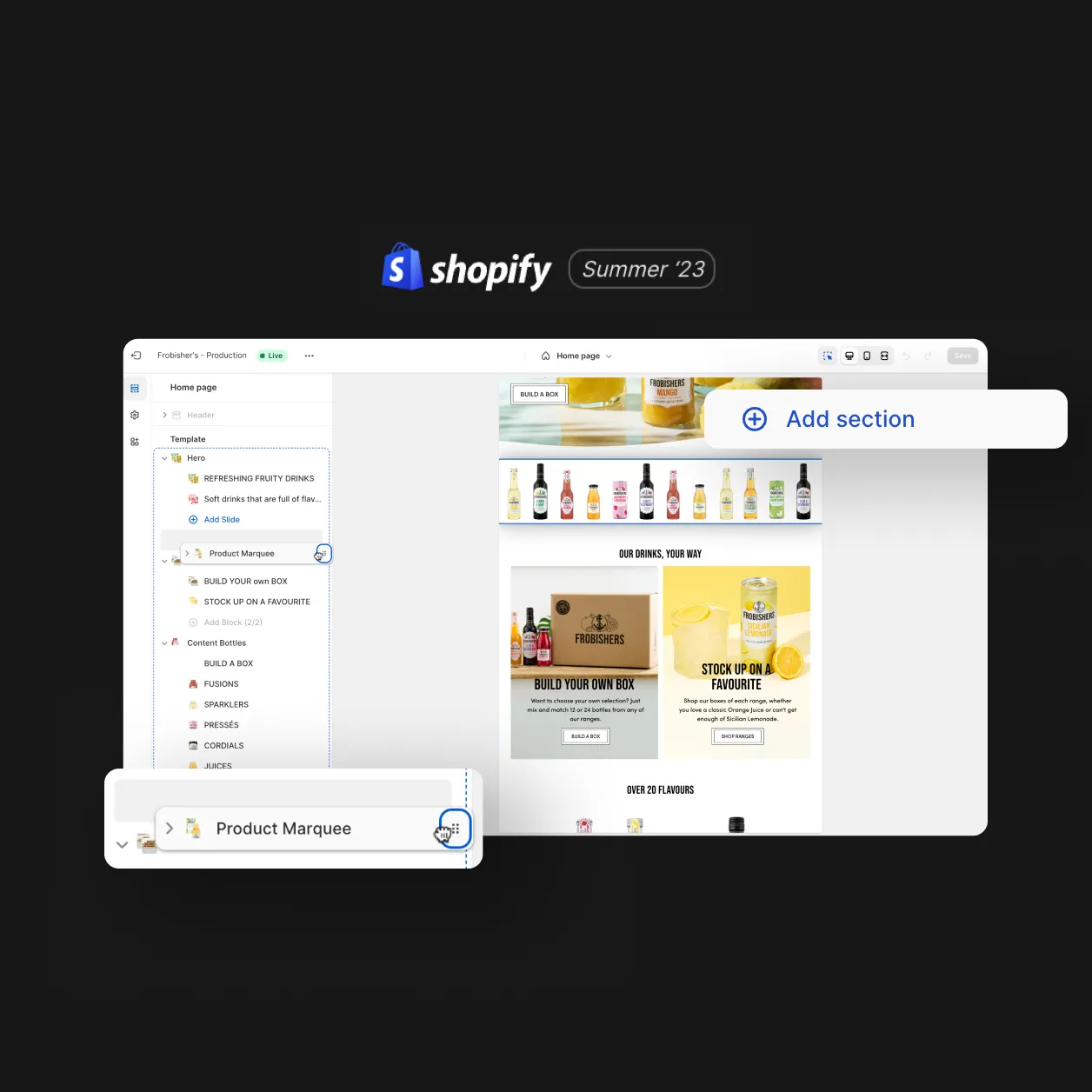
Subscription e-commerce is the digital offering of products or services being delivered on a regular basis – usually monthly – with payment automatically taken from the customer. They have become a lifestyle habit for many customers due to their convenience and ease. In this post, we cover the key themes of a subscription service; the opportunities, consumer expectations and digital marketing best-practice.
The Power of Convenience
The opportunity and the weakness of the subscription market lie entirely in the company’s ability to develop a convenient experience for the consumer. If the journey is seamless, then they have provided a friction-free experience that customers will be willing to change their shopping habits. However, if it is hard to change and creates ‘hassle’ then there is little chance of a customer returning and trying again.
Beyond the basic best-practice of an e-commerce solution, the key considerations for a seamless and convenient subscription user experience are:
- Easy to change the products ordered
- Easy to change the frequency of the delivery
- Easy to pause or cancel a subscription
This sounds straightforward, obvious even, yet many subscription services struggle with the user experience, communication and changes needed in order to ensure a smooth subscription experience.
Subscription services generally fall into three broad categories – replenishment, curation, and access – providing either software or a physical product. Each has its pains and gains.
- Replenishment subscriptions allow consumers to automate the purchase of commodity items such as shaving, hygiene or contact lenses.
- Curation subscriptions seek to surprise and delight by providing new items or highly personalised experiences. Examples include beauty boxes, trunk club or veg boxes.
- Access subscribers pay a monthly fee to obtain lower prices or members-only perks for goods or services. Beauty Pie’s membership is a great example of this, as is Amazon Prime or Spotify.
Customer Acquisition and Attribution for Subscription Ecommerce
If you’re going to launch a subscription service, you need to understand the basics of CPA (cost per acquisition) and attribution modelling.
Cost Per Acquisition is often higher than a standard e-commerce consumer because there is a perceived longer commitment upon purchase. However, the Lifetime Value of your customers is also higher due to recurring revenue. The longer a subscriber stays loyal to your brand, the higher your retention rates and the greater their customer lifetime value (CLTV). This means you’re getting much better value for money when it comes to acquisition spends, which is great news for your profit margins.
Understanding the margins and the budget you are willing to spend per consumer is essential when you’re looking to scale a subscription business. Attribution modelling helps to unlock the effectiveness of specific marketing channels and then use what has been successful to predict future sales and growth.
As a subscription retailer, you know how many subscribers you have and how much stock you need. There’s less risk of unpredictable demand on your fulfilment provided you also know how many unsubscribes on average as well (retention rate). As a result, you can anticipate demand and supply with confidence, helping to make your business processes much more consistent which also helps to develop accurate attribution models.
The Best Ecommerce Platform for a Subscription model
The majority of the time, the reason why the user experience is limited is that the e-commerce platform selected is not fit for purpose. When lots of customisation is required to then create the correct user experience, it can cause problems and glitches that deter a consumer and make the experience painful rather than hassle-free. When we recommend subscription e-commerce, we usually select either WooCommerce or Shopify, depending on the scope that is required. These two platforms tackle the majority of issues that subscription businesses face and are well established, so even if something new or unexpected cropped up – they can handle it. We have written an entire in-depth look at these two platforms so read more about Shopify vs Woocommerce and have written another post all about the best platform for e-commerce subscription.
What else do I need to know about subscription e-commerce?
Depending on the scope and scale of your subscription business, you will also need to consider:
- Email Integrations + Automations (CRM)
- Repeat Payment Apps (ReCharge or Bold Payments)
- Postage and Packing costs (inclusive or exclusive of subscription cost) and the offline experience
- Anticipated Average Order Value / Average Order Frequency / Churn Rate
The trick to really scaling a subscription e-commerce business and compete with large retailers such as Amazon is understanding your data and your community. The things money can’t buy and require long hours to build and analyse.
Not knowing the correct metrics for subscription e-commerce is the first stalling point for most businesses who contact us. All too often, it is incorrectly assumed that ‘more advertising = more sales’ and an immediate ROI. This is not true, often with subscription, a positive ROI doesn’t occur until the second or third billing cycle and even this depends on margins, promotional activity and long-term strategic priorities such as market share and brand awareness vs short-term profitability.
The second area that is often neglected is building loyalty and community with your customers. This is an area that often doesn’t have a demonstrable ROI but is essential for scaling a D2C business and creating value if looking to exit.
We hope that this provided a clear overview of what you need to know about subscription e-commerce. There are plenty more resources across our website but if you would like some consultancy for your subscription business, please don’t hesitate to get in contact.
Design
Inspiring behaviour change through visual experiences. Our digital design services ensure instant clarity and visuals that cut-through in a cluttered market.




